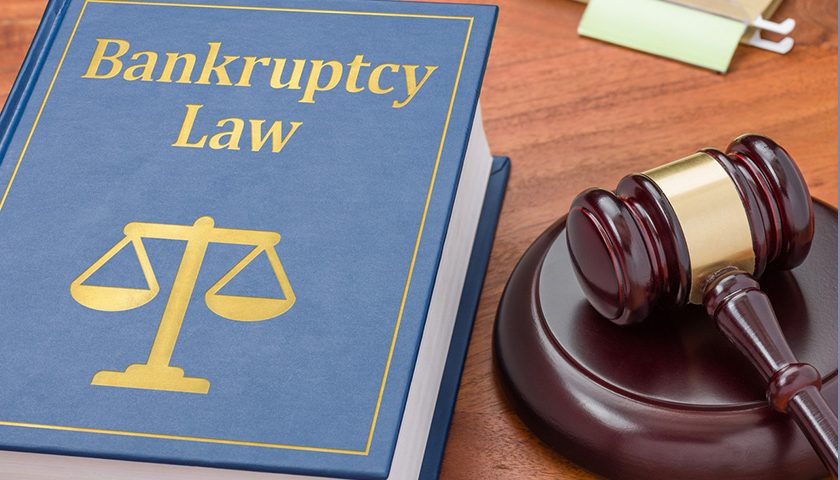August 28, 2015, was a day of celebration in Jitin and Pallavi Iyer’s flat in Bangalore. It was the day the couple had finished the last steps for buying a brand new house in Hebbal. Fast forward to August 28, 2019. Jitin and Pallavi continue to live in their rented flat in Electronic City. It’s been more than a few months since they came to know that their developer had stalled work on their project due to bankruptcy. The couple had already paid a substantial chunk of the amount due when they learnt that the developer was defaulting on loans and today they are locked in a battle to recover their hard-earned money.
There are thousands of such disappointed aspiring homebuyers in India today. People who had saved hard for their dream home only to lose it to errant builders. According to a survey by a leading property consultant, there are 220 projects that have ground to a halt in seven major cities in India out of which 66% of units have already been sold. What are these hapless home buyers to do?
Today, they can turn to the Insolvency and Bankruptcy Code (IBC).
Here is everything you need to know about IBC and what it means for homeowners.
What is IBC?
Introduced in 2016, the code initially aimed to address and simplify financial and liquidation issues for small businesses. Homeowners had no specific recourse before the IBC was expanded to include them. They could only approach consumer or civil courts, which weren’t effective enough, to seek compensation for collateral damages incurred due to defaulting builders.
In 2018, after the disastrous downfall of Jaypee Infratech, the IBC was amended to include homebuyers under the category of financial creditors, which would enable them to claim compensation for builder insolvency.
Secured and unsecured financial creditors
To understand the full impact that the IBC has on the homebuyer, it is necessary to first know the difference between secured and unsecured financial creditors.
Section 5(7) of the IBC defines a financial creditor as “a person to whom a financial debt is owed and includes a person to whom such debt has been legally assigned or transferred.” Unsecured or operational financial creditors are usually contractors, suppliers, and other workers “to whom an operational debt is owed and includes any person to whom such debt has been legally assigned or transferred,” according to Section 5(20) of the IBC.
The distinction between secured and unsecured financial creditors is very clear in the IBC. But where does the homeowner fall in this?
Previously, homebuyers fell loosely under the unsecured or operational creditors category as they were deemed to be paying developers for a service or product and hence was not considered as a loan. Homebuyers were thus at a complete disadvantage when the developer filed for bankruptcy as they not only stood to lose their new home but also their money.
With the new amendments introduced between 2017 and 2019, IBC promotes a creditor in control over the current scenario of the debtor in possession. In 2018, the law was amended to include homebuyers under the category of financial creditors, and in August 2019 this was upheld by the Supreme Court.
What does this mean for the homebuyer?
Now, homebuyers stand on the same ground as banks and other financial institutions who have acted as lenders. Homebuyers are now treated as ‘allottees’, a term defined under the Real Estate Regulation and Development Act (RERA) as “a person to whom a plot, apartment or building, as the case may be, has been allotted, sold (whether as freehold or leasehold) or otherwise transferred by the promoter, and includes the person who subsequently acquires the said allotment through sale, transfer or otherwise but does not include a person to whom such plot, apartment or building, as the case may be, is given on rent.”
The new ruling empowers homeowners to begin bankruptcy proceedings against real estate developers, and if liquidation of assets occurs, homeowners can claim payments like other lenders. The onus is on the homebuyer to establish a case of default and prove his or her eligibility for refunds.
Overseen by the Insolvency and Bankruptcy Board of India (IBBI), resolution proceedings initially had a set time limit of 180 days as stipulated by IBC. But the latest amendments have extended the limit to 330 days. Additionally, the IBC now states that homeowners are entitled to avail of representation by authorised professionals from the Committee of Creditors (CoC) during the resolution process.
Prior to the introduction of the IBC, a case of bankruptcy would take approximately 4 to 5 years to get resolved. But post-IBC, debt recovery rates soared. According to the RBI, debt recovery was 43%, which was the highest recorded since 2008.
Given these strong reforms, homeowners like Jitin and Pallavi can hope for financial recovery and dream of a home again.



It is a big problem facing the home buyers, and it on going that there are many individuals who don’t get the flat but they have to pay the debt in the bank which is very troubled for them.